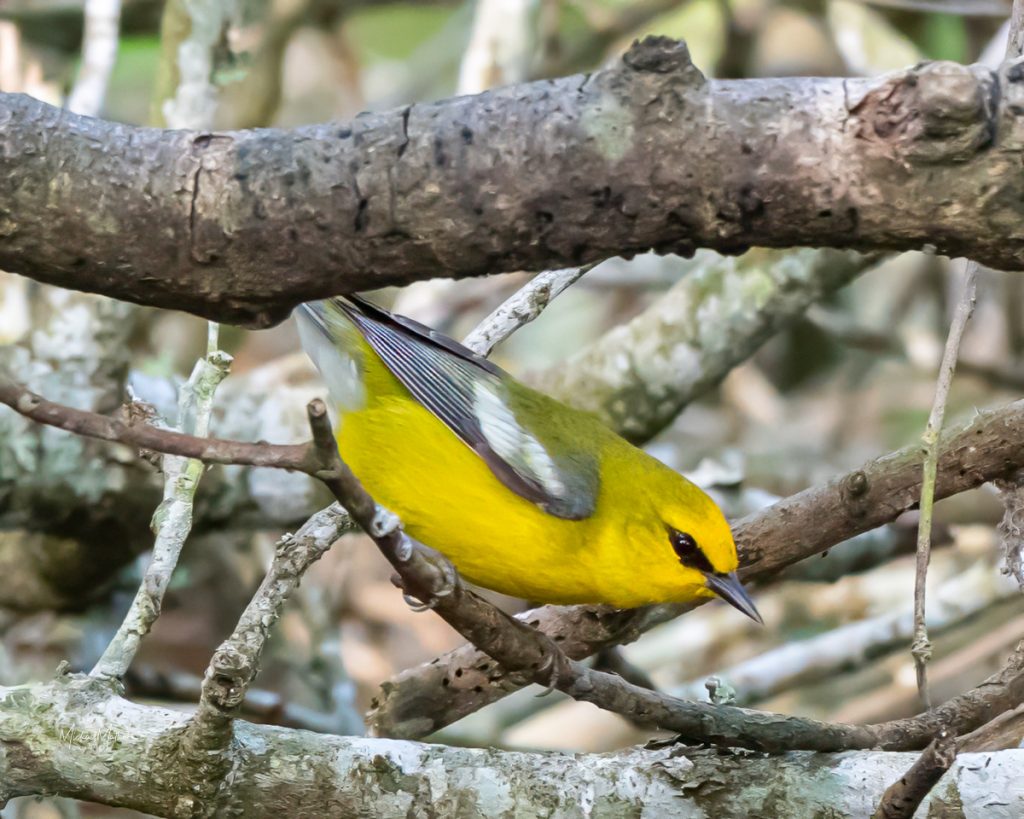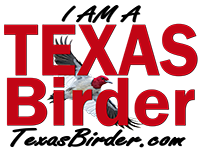
Blue-winged Warbler at Sabine Woods
When the birds are cheerful, but the humans need a snack.
Spring Migration at High Island and Sabine Woods: Where the Birds Are Plentiful and the Crankiness Occasional
Ah, spring migration in Texas — that magical time when warblers, vireos, buntings, and thrushes descend on our coastal sanctuaries like feathery confetti from the sky. Nowhere is that birdy abundance more spectacular than High Island and Sabine Woods — the crown jewels of Texas coast birding. Every April, these oak mottes along the Gulf fill up with exhausted, brightly colored migrants and equally colorful birders, some wearing camo vests with more pockets than a pool table.
If you’ve never been, just imagine hundreds of birders peering into thickets, whispering excitedly, or suddenly sprinting with the agility of teenagers (or something resembling it) toward a tree where someone just shouted “Cerulean!” It’s a glorious spectacle — part nature documentary, part social experiment.
But let’s talk, just for a moment, about a particular species of birder you’re bound to encounter: the Crankus birdus. You know the type. The birder who glares at every branch like it personally insulted him because that Kentucky Warbler refuses to come out in full sunlight. The one who sighs so audibly that birds within a three-county radius scatter. Or the one who seems personally offended by your presence near “his” spot, as if he paid rent to that mulberry tree.
Some seem mad at the birds — as if these wild, instinct-driven creatures were intentionally hiding just to spite them. You half expect them to lodge a formal complaint with the warbler union. Others get irritable at fellow birders for crimes such as standing quietly, walking slowly, or the cardinal sin of breathing too close to a Blackburnian.
But here’s the thing: they’re the rare exception.
Most birders — whether first-timers or seasoned veterans — are absolutely radiant with joy. Because how could you not be? You’re surrounded by waves of rainbow-hued warblers, each one seemingly more dazzling than the last. You get to stand in the woods or under a canopy of live oaks while a Canada Warbler flits past your ear and a Scarlet Tanager lights up the treetops like a neon sign. You’re in the middle of a natural miracle, and the air feels electric with life (and maybe a bit of DEET).
There’s laughter, shared joy, spontaneous friendships. People point out birds to complete strangers with the enthusiasm of game show hosts: “Chestnut-sided, right there by the orange tape! Don’t blink!” You’ll hear cheers when someone sees their lifer Swainson’s Thrush, and gentle groans when that sneaky Worm-eating Warbler plays peekaboo a little too long. It’s a symphony of joy, awe, and community — with just the occasional cranky piccolo thrown in.
So if you go — and you should — remember this: don’t let the grumps get you down. Offer them a smile, step a few feet away, and soak in the magic. Let the birds work their charm. Because spring migration on the Texas coast is one of the happiest places on Earth — even if a few folks seem determined to prove otherwise.
And if you are one of the cranky ones? Don’t worry, we love you anyway. But maybe go get a snack. You’ll feel better. And who knows — that Kentucky Warbler just might come out and smile at you.
Plan Your Trip
Want to join the joyful flock? Check out the TexasBirders.com Spring Migration High Island Birding Trip with tips on the best times to visit High Island and Sabine Woods, nearby lodging, and what birds to expect each week. Just remember to pack your binoculars, your bird guide, and your best sense of humor.
We’ll see you under the trees. Try not to yell at the warblers.

More Stories
Top Ten Best Places to Bird in Texas During September
Birding at Davis Mountains State Park in August: Cool Nights, Hot Days, and Surprising Birds
Gone Birding (Bring a Raft): Snorkeling for Warblers at Cooper Lake